I’m a fan of Heidi Swanson’s blog, 101 cookbooks. In fact her blog was one of the first ones I began reading about 4-5 years ago. She stresses healthy cooking, forsaking meat for vegetarian fare, and rarely does she include desserts. Especially ones without some kind of whole grain inclusion or healthy ingredient. So, I was surprised when she posted this gluten-free (no flour) meringue-like cookie that not only contain pure sugar (albeit powdered) but chocolate. I suppose the saving grace here is that the cookies contain almost no fat (no butter, no egg yolks, no solid chocolate either). And as is often the case, when I read the write-up about the cookies, she had me hooked. I still have cookies in the freezer from the last two small batches I’ve made. Both the Triple Ginger cookies and the (chocolate) Midnight Crackles aren’t edible from a frozen state – they nearly break my teeth. Yes, yes, I know, why can’t I defrost them? Because then I’d eat too many. And when I’m craving just one cookie, I want it right now, and that means eating from a frozen state. So, the other cookies are still in the freezer and I’m left “wanting.” What to do except try these.
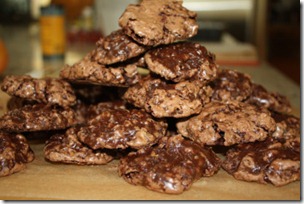 The ingredients are certainly different from a traditional cookie containing flour – this has chopped, toasted walnuts, powdered sugar, dry cocoa, a pinch of salt and egg whites (not whipped, mind you) and vanilla. That’s it. Took no time at all to stir these up. Heidi cautioned that these cookies spread out. And that every batch could come out a bit differently. Mine didn’t exactly look like hers (hers were flatter). Mine didn’t spread as much as hers either. Heidi says to bake these for 12-15 minutes. She mentioned that it may take a batch or two – using your oven, pans, etc. – before you find your groove. The first 2 pans I baked for 12 minutes. Too soft in the middle even after cooling for 15 minutes. Second batch I baked 3 minutes longer, and they were just perfect! And I got 36 cookies from mine (hers made 18 – much larger cookies, obviously), using a cookie scoop that was about 2 tablespoons. So perhaps her scoop was about 3-4 tablespoons each.
The ingredients are certainly different from a traditional cookie containing flour – this has chopped, toasted walnuts, powdered sugar, dry cocoa, a pinch of salt and egg whites (not whipped, mind you) and vanilla. That’s it. Took no time at all to stir these up. Heidi cautioned that these cookies spread out. And that every batch could come out a bit differently. Mine didn’t exactly look like hers (hers were flatter). Mine didn’t spread as much as hers either. Heidi says to bake these for 12-15 minutes. She mentioned that it may take a batch or two – using your oven, pans, etc. – before you find your groove. The first 2 pans I baked for 12 minutes. Too soft in the middle even after cooling for 15 minutes. Second batch I baked 3 minutes longer, and they were just perfect! And I got 36 cookies from mine (hers made 18 – much larger cookies, obviously), using a cookie scoop that was about 2 tablespoons. So perhaps her scoop was about 3-4 tablespoons each.
So, how are they? SO chocolate-y. Light as a feather. But the interior is kind of like slightly soft fudge – or not quite as loose as a lava cake ooze. I think Heidi mentioned they were something between a meringue and fudge. Yup. And they ARE sweet. Actually sweeter than I prefer a cookie to be. But the crunchy texture (from the toasted walnuts) helps balance the sugar. I wouldn’t begin to know how to make them less sweet without altering the chemistry of dry to wet ingredients. Do drink a glass of ice-cold milk with it. Or a nice cup of hot Earl Gray tea on a cold afternoon as I did, writing up this post.
printer-friendly PDF
Chocolate Puddle Cookies GF
Recipe By: Heidi Swanson from 101 cookbooks blog
Serving Size: 36
NOTES: Using deeply toasted walnuts makes for a much more intense, nutty cookie. Lightly toasted walnuts can sometimes be mistaken for chocolate chips, and make for a much more mild cookie. Both good! Also, cooking time – you don’t want to over or under bake here – over bake, and your cookies will cool to a crisp; under bake, and they are too floppy and crumbly. Also, underbaking makes it more difficult to remove the cookies from the parchment paper after baking – you get the swing of it after a batch or two. Try baking just one tray first until you find the right timing. Use large eggs – using extra-large will make the batter too fluid and you’ll have to compensate with more powdered sugar. My cookies had some with glossy tops, and some with a more whitish crackly top. There didn’t seem to be any difference in taste, although the whiter ones may have been closer to the pan edges.
3 cups walnuts — / 11 oz / 310 g, toasted & cooled
4 cups powdered sugar — / 1 lb / 453 g.
1/2 cup unsweetened cocoa powder — plus 3 tablespoons / 2 oz / 60 g
scant 1/2 tsp fine grain sea salt
4 large egg whites — room temperature (do not whip them)
1 tablespoon vanilla extract — good-quality
1. Preheat oven to 320F / 160C degrees and position racks in the top and bottom third. Line two (preferably rimmed) baking sheets with parchment paper. Or you can bake in batches with just one pan.
2. Make sure your walnuts have cooled a bit, then chop coarsely and set aside. Sift together the confectioner’s sugar, cocoa powder, and sea salt. Stir in the walnuts, then add the egg whites and vanilla. Stir until well combined.
3. Spoon the batter onto the prepared sheets in mounds of about 2 tablespoons each, allowing for PLENTY of room between cookies. Don’t try to get more than 6 cookies on each sheet (I made smaller cookies and could get 12 on a sheet without too much crowding), and try to avoid placing the batter too close to the edge of the pan. Bake until they puff up. The tops should get glossy, and then crack a bit – about 12 -15 minutes. Have faith, they look sad at first, then really blossom. Rotate the pans top/bottom/back/front halfway during baking time.
4. Slide the cookies still on parchment onto a cooling rack, and let them cool completely. They will keep in an airtight container for a couple days or freeze.
Per Serving: 121 Calories; 6g Fat (42.5% calories from fat); 3g Protein; 15g Carbohydrate; 1g Dietary Fiber; 0mg Cholesterol; 7mg Sodium.
A year ago: Valentine Dinner Planning
Two years ago: Adobe Stew (my version of a local restaurant, the Gypsy Den’s, spicy vegetable soup)




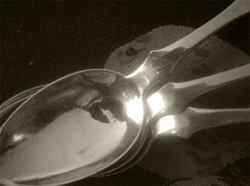
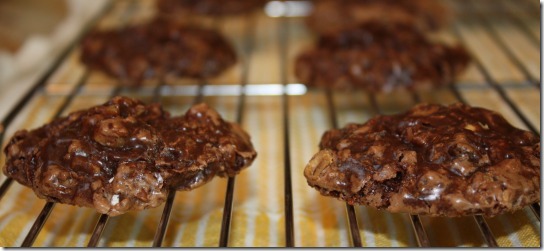

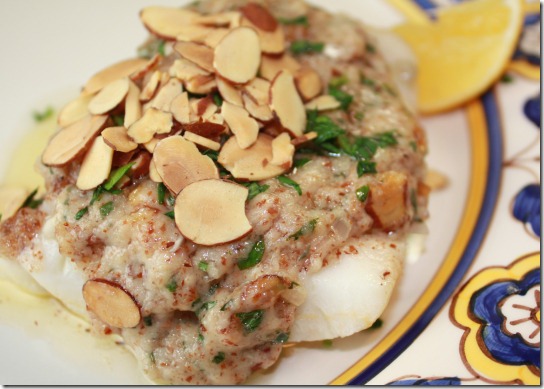
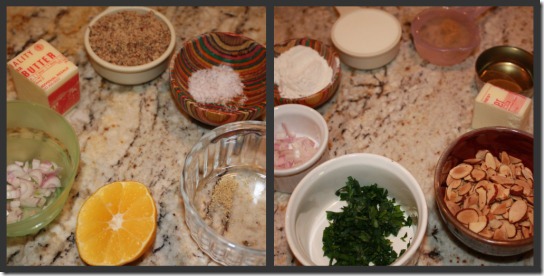
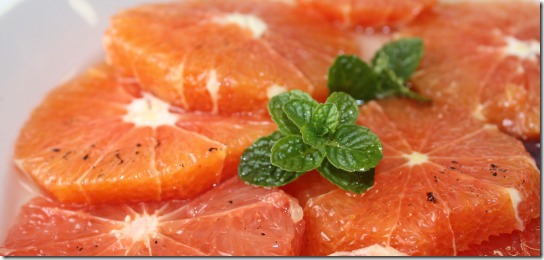
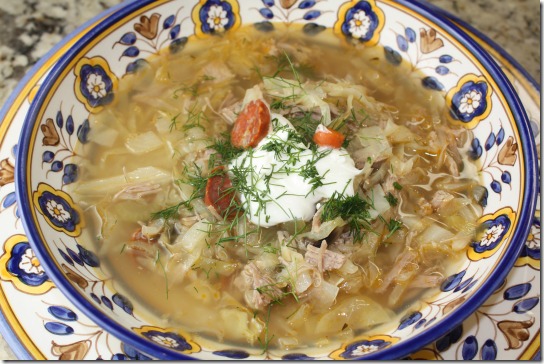
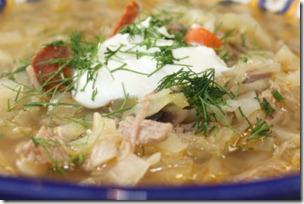
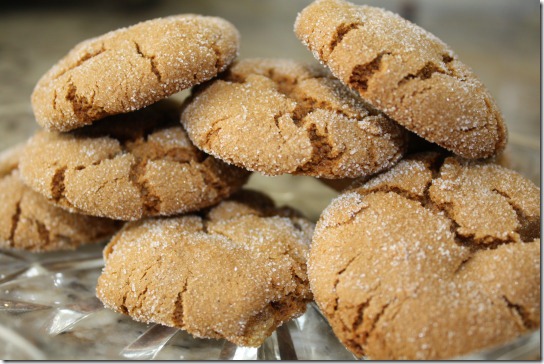
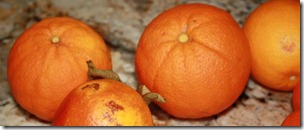
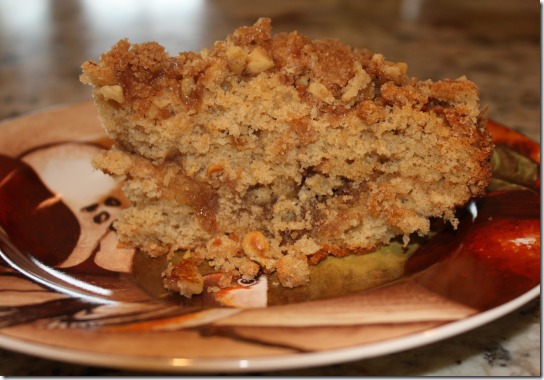
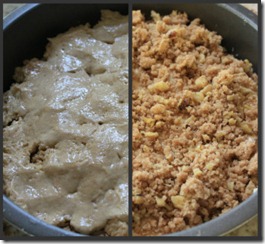
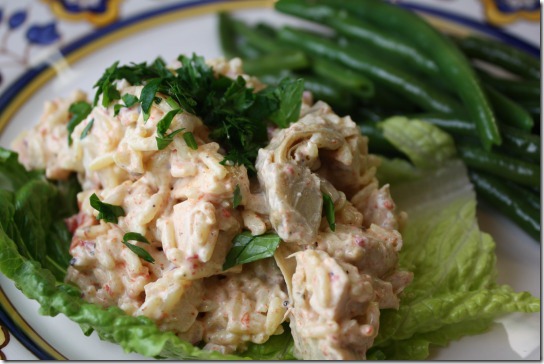
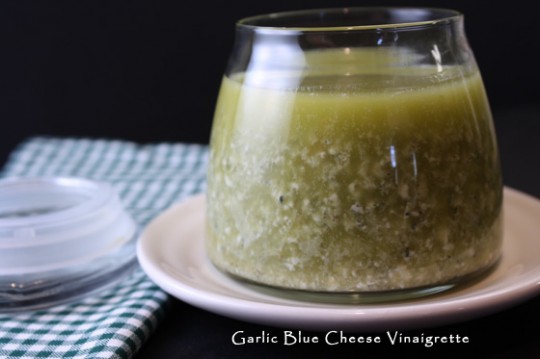



Leave a Comment!